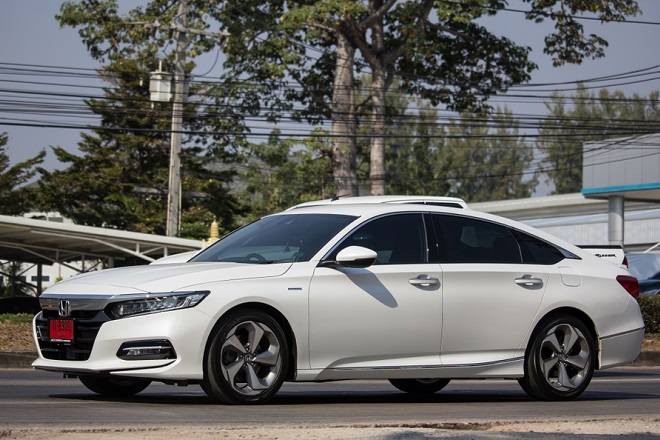Keeping up with car maintenance is one of the best ways to keep your vehicle in top shape. As such, it’s important to know when your car needs to be taken to the shop. There are many things you can do to stay ahead of breakdowns and risky driving conditions. One of the common parts of a car that requires semi-routine inspection and replacement is the brakes.
Brake pads will need to be replaced based on miles and driving conditions with other parts of the braking system needing maintenance occasionally as well. Knowing when to replace brake pads is important as it may prevent further breakdown and costly repairs. Here are a few tips on knowing when to replace your brakes:
Squeaking or Squealing or Even Grinding Noise
One of the first indicators that you need to give your brakes some attention is hearing an abnormal noise when slowing and stopping. When the brake pads begin to wear down, the metal backing on them will start rubbing against the rotor. This will cause squeaking or squealing noise when you apply the brakes. If left unfixed, you may even start to hear a grinding noise which typically indicates that the rotors are taking a beating from this grinding. At the first sign of abnormal noise while braking, it’s a good idea to take a look at your brake pads and have them replaced to prevent more expensive mechanical work.
Brake Indicator Light Comes On
Most vehicles are now equipped with a brake indicator light. When this light illuminates, it means something is wrong with your braking system. The most common cause for this indicator light to come on is that the parking brake is engaged. However, if this isn’t the case, this warning light may mean something more serious. Low or leaking brake fluid, failing ABS system, and faulty sensors are all things that can cause this warning indicator. When this indicator is on and stays on even after pressing the brakes and double-checking the parking brake, your car needs service soon to prevent further damage and prevent breaking down or causing a crash.
Slower Braking Response Time, Stopping Time Increases
Another indication that there is something wrong with your brake system is that your stopping time increases. This simply means that you don’t come to a stop as quickly as you normally would when applying the brakes. Worn brake pads may cause this as it takes more to press the pads to the rotors. Low brake fluid can also cause this to happen and should be taken care of immediately to prevent dangerous driving situations.
Vibrating Brake Pedal
You may find that when trying to brake, your brake pedal vibrates or shudders. This is caused by uneven wear or warping of the rotors on your vehicle. The rotor is a rotating disc that the calipers press the brake pads against to stop the car. When a rotor has thinner areas in one spot and thicker areas in other spots, this causes the brake pad to rub unevenly. This uneven rub is what causes the brake pedal to vibrate. Warped rotors are typically caused by a manufacturing defect. With either condition, when you find your vehicle doing this, it’s time to see a mechanic to have your rotors replaced.
Visual Inspection Shows Thinning Brake Pads
As you use the brakes on your vehicle, the pads rub against the rotors. This rubbing causes friction that will wear away at the pad a little at a time. Visually inspecting your pads before other indications begin to appear is the best way to avoid the expense of added repairs. Your brake pad should be no less than 3mm thick. Once the pads become thinner than this, you will start to notice other symptoms such as noises and pedal vibrations. Performing this visual inspection from time to time is quite simple and can be done quickly by a mechanic during routine maintenance.
When the time comes that you need your brakes replaced or you simply want them inspected, Broadbeach Mechanics has you covered. Stop on in and we will check out your braking systems and set you up with new pads and any other parts and components needed.




